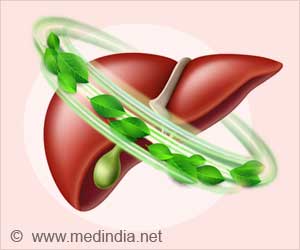
Peever and Christian Burgess, also of Cell & Systems Biology used hypocretin-knockout mice (mice that experience cataplexy), to demonstate that a dysfunctional relationship between the noradrenaline system and the hypocretin-producing system is behind cataplexy. The research was recently published in the journal Current Biology in September.
The scientists first established that mice experienced sudden loss of muscle tone during cataplectic episodes. They then administered drugs to systematically inhibit or activate a particular subset of adrenergic receptors, the targets of noradrenaline. They were able to reduce the incidence of cataplexy by 90 per cent by activating noradrenaline receptors. In contrast, they found that inhibiting the same receptors increased the incidence of cataplexy by 92 per cent. Their next step was to successfully link how these changes affect the brain cells that directly control muscles.
They found that noradrenaline is responsible for keeping the brain cells (motoneurons) and muscles active. But during cataplexy when muscle tone falls, noradrenaline levels disappear. This forces the muscle to relax and causes paralysis during cataplexy. Peever and Burgess found that restoring noradrenaline pre-empted cataplexy, confirming that the noradrenaline system plays a key role.
Source-Eurekalert









